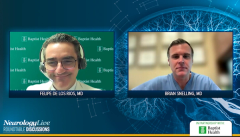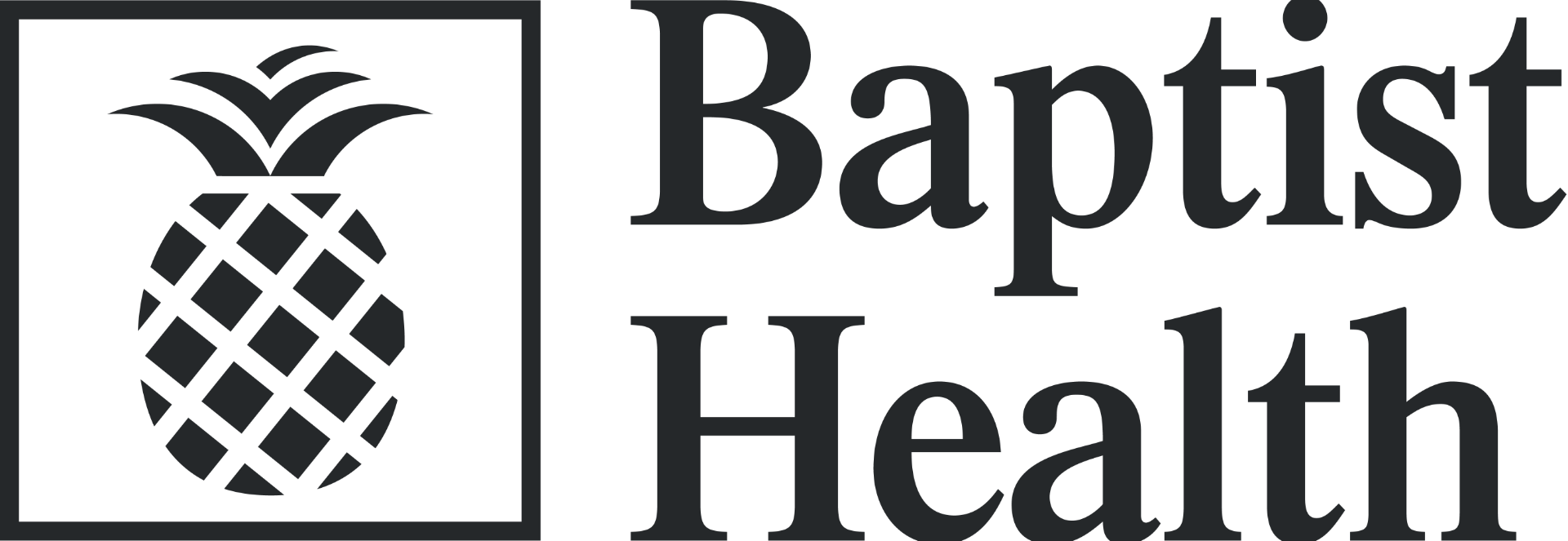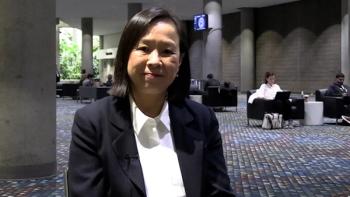
Enhancing Stroke Systems of Care

In this final episode, Drs. Snelling and De Los Rios share lessons from building a coordinated, multi-hospital stroke system and how network integration improves speed, access, and outcomes. [WATCH TIME: 3 minutes]
WATCH TIME: 3 minutes
Across the evolving landscape of stroke treatment, advancements in imaging, intervention, and digital technology continue to redefine what is possible for patients. In this special panel discussion series, neurosurgeon Brian Snelling, MD, and neurologist Felipe De Los Rios, MD, share their expertise from
Over five focused conversations, they discuss the major shifts shaping acute stroke management—from expanding thrombectomy eligibility and integrating artificial intelligence into clinical workflows, to the promise of neuroprotective agents, modern strategies for recovery and prevention, and the optimization of stroke systems of care. Together, their insights provide an inside look at how data-driven innovation is transforming outcomes for patients across every stage of stroke treatment.
In this closing discussion, the two neurologists reflect on the evolution of Baptist Health’s integrated stroke system and the operational lessons that have shaped it. They describe how aligning 11 hospitals under unified protocols, shared imaging systems, and centralized transfer coordination has streamlined care and eliminated inefficiencies. In particular, De Los Rios details how consistent tele-stroke coverage and pre-hospital communication optimize triage, while Snelling discusses the importance of deploying advanced imaging across smaller hospitals to prevent unnecessary transfers. Together, they show how a connected, collaborative system can elevate stroke care across an entire region.
Transcript edited for clarity.
Brian Snelling, MD: At Boca Raton Regional Hospital, we’ve seen tremendous benefit from being part of the Baptist Health stroke network. Joining a comprehensive system allowed us to tap into the expertise of larger centers, especially the main Baptist Hospital in Miami. Having that collaboration and consistency across hospitals makes a real difference in patient outcomes.
It’s also been valuable for our smaller spoke hospitals. By aligning everyone under the same protocols—whether it’s thrombolytic selection, imaging workflow, or transfer procedures—we ensure patients get the same quality of care no matter where they enter the system. When everyone’s rowing in the same direction, it creates synergy and improves efficiency.
We’ve built a centralized transfer center and use a unified tele-stroke service across the network. Those two elements alone have dramatically improved communication. Now, whether a patient comes through a free-standing ED or a primary stroke center, our team can see the images, assess the case, and plan next steps almost instantly.
Felipe De Los Rios, MD: Yes, and that synergy benefits the entire community. One of the keys to an effective stroke system is minimizing handoffs. If the same neurologist can evaluate the patient from the beginning and guide care all the way through thrombectomy or transfer, you save enormous amounts of time and reduce errors. Every extra call or re-evaluation adds minutes—and minutes equal brain cells.
Sharing the same PACS system and imaging platform across hospitals has been another game-changer. There’s no need to burn CDs, physically transfer scans, or repeat imaging. Everything is available in real time. When a patient needs to be transferred, we already know their perfusion profile and can have the angio suite prepped before they arrive. For patients who don’t meet transfer criteria, we can safely keep them in place and avoid unnecessary movement.
We’ve also focused on harmonizing pharmacy and equipment protocols. Using the same thrombolytic—tenecteplase instead of alteplase—eliminates the need to transfer pumps or adjust infusions mid-transport. That consistency extends to everything from medication stocking to documentation templates. It may seem small, but it eliminates friction points that used to delay care.
Brian Snelling, MD: And on the technology side, deploying advanced perfusion imaging to all our satellite hospitals was a big lift, but it’s been incredibly impactful. It prevents unnecessary transfers because physicians at those sites can perform full stroke imaging and make evidence-based decisions without sending patients to the hub just for diagnostic purposes.
Even at our free-standing emergency departments, we’ve rolled out perfusion software and integrated AI-based imaging workflows—like those we discussed earlier in this series. Our team at the hub can monitor cases across all these facilities in real time. When a perfusion mismatch or LVO is detected, alerts go out instantly to the stroke and neurointerventional teams.
It’s a huge effort—technologically, financially, and operationally—but once it’s in place, the results speak for themselves. Transfer times drop, unnecessary imaging is eliminated, and most importantly, patient outcomes improve.
Felipe De Los Rios, MD: Pre-hospital coordination is another essential piece. We’ve trained our EMS partners to use standardized stroke scales—like RACE or FAST-ED—to identify potential LVOs in the field. That allows paramedics to bypass smaller facilities and take patients directly to a thrombectomy-capable center when appropriate. They can even send us the stroke scale score en route, which gives us time to activate the endovascular team early.
These efforts make a measurable difference in door-to-puncture times. And the best part is that it’s not just about one hospital improving—it’s about elevating the entire regional system. When every site shares data, imaging, and protocols, you get a seamless continuum of care that patients can depend on.
Brian Snelling, MD: Exactly. At the end of the day, it’s all about consistency, communication, and collaboration. Those are the cornerstones of a successful stroke system. We’ve worked hard to create that at Baptist Health, and we’re continuing to refine it every year. The result is faster care, fewer transfers, and ultimately, better outcomes for the people we serve.
Newsletter
Keep your finger on the pulse of neurology—subscribe to NeurologyLive for expert interviews, new data, and breakthrough treatment updates.



































